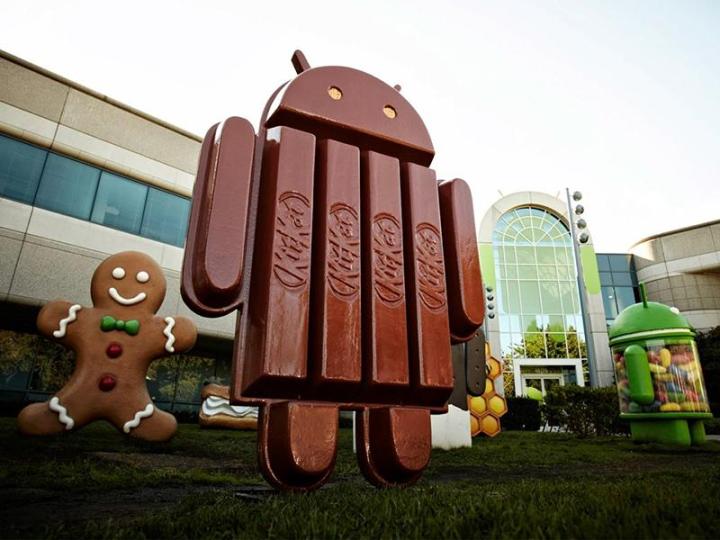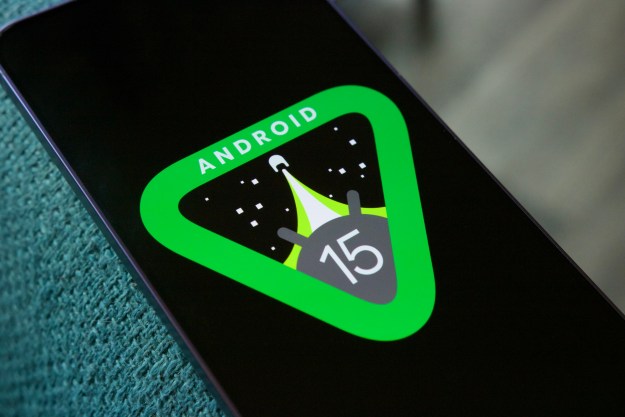
Google’s Executive Chairman Eric Schmidt has taken to Google+ (where else?) to pen his own guide to switching from iOS to Android. In the 900-word missive, Schmidt praises the latest high-end Android handsets, saying they “have better screens, are faster, and have a much more intuitive interface” than the iPhone.
“Many of my iPhone friends are converting to Android,” claims Schmidt, before going on to provide detailed step-by-step instructions for getting your contacts, emails and apps from one ecosystem to the other.
The post also includes recommendations to use Chrome over Safari (“it’s safer and better in so many ways”) and to switch on two-step authentication to keep your Google Account well protected. Sportingly, Schmidt links to an Apple Support page for those looking to move their photos over from iOS.
The post has attracted several thousand comments, offering thanks, criticism and all manner of iOS vs Android tips and tricks. “The other day I tried an iPhone, it was the worst minute of my life” offers Frank Cuenca, whereas John O’Grady seems less convinced: “Is this some kind of joke?”
As Schmidt points out, Android phones have an 80 percent share of the global smartphone market, though many of these users are not running the latest stock version of the software or high-end handsets like the Nexus 5. The iPad, meanwhile, claims a 29.6 percent share of the tablet market, a figure that should rise in 2014 after the launch of the new Air and mini models.
For anyone considering switching from iOS to Android, Schmidt’s guide is mostly accurate and informative, though it doesn’t cover every scenario, and you’ll have to be prepared to move your entire digital life over to Google’s services.
Once you’ve made the change, Schmidt promises that “everything will be in the cloud, backed up, and there are so many choices for you.” There is some grudging praise for Apple too, as he references “the people who moved from PCs to Macs and never switched back.”
Editors' Recommendations
- The Google Pixel 8a price just leaked. Here’s how much it’ll cost
- A new Google Pixel Tablet is coming, but it’s not what you think
- The most common Google Pixel 8 problems and how to fix them
- Android 15 release date: When will my phone get the update?
- The 6 biggest announcements we expect from Google I/O 2024

